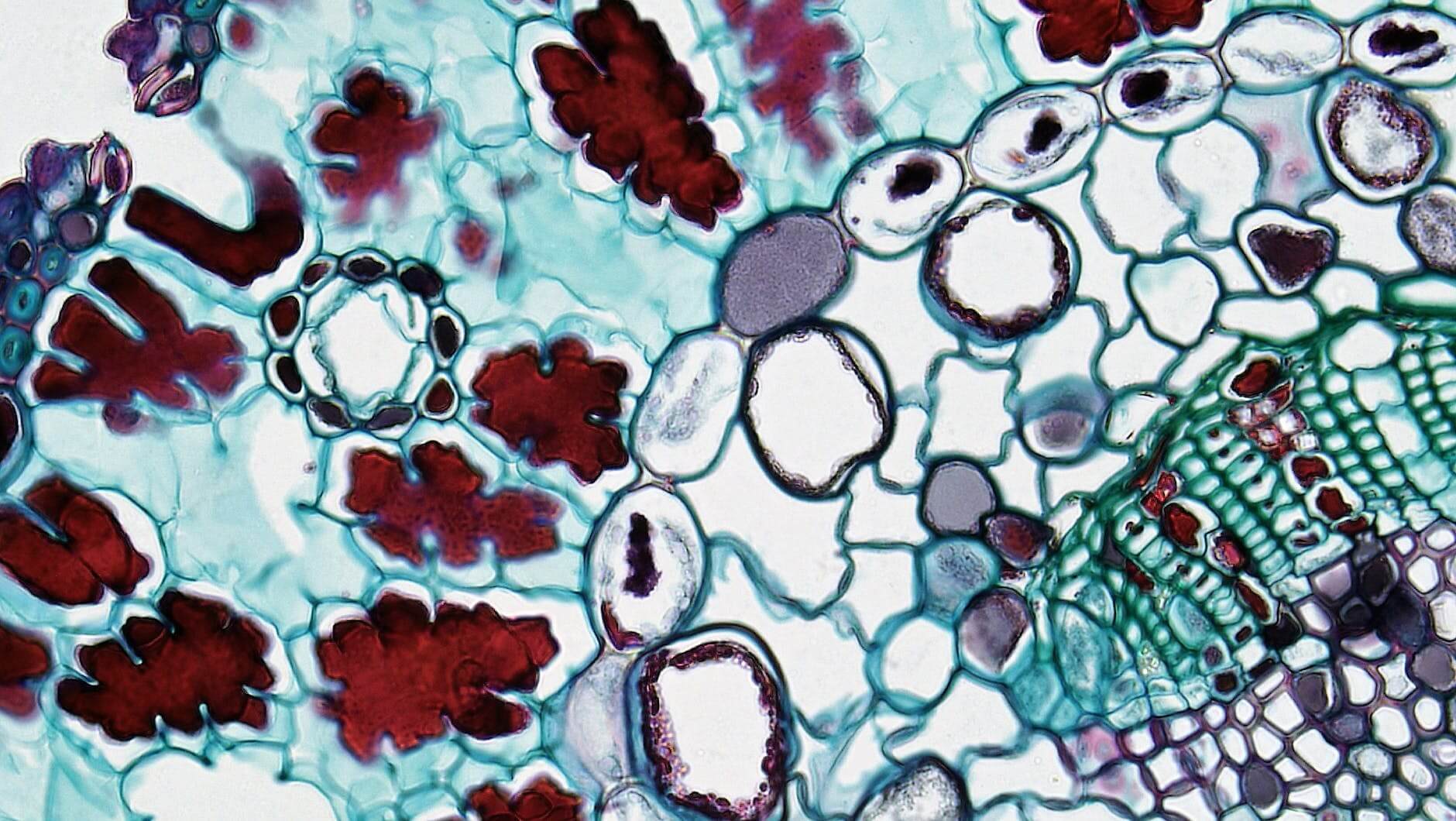Cell therapy, also known as cellular therapy or regenerative medicine, is a form of treatment that utilizes living cells to help repair, replace, or regenerate damaged or diseased tissues or organs in the body. The primary goal of cell therapy is to restore normal functioning and improve the overall health and well-being of patients. Here is a general overview of how cell therapy works:
- Collection of Cells: The first step in cell therapy involves the collection of cells from the patient or a donor. These cells can be obtained from various sources, such as bone marrow, blood, adipose tissue (fat cells), or embryonic or induced pluripotent stem cells.
- Cell Isolation and Processing: After collection, the cells are isolated and processed in a laboratory to prepare them for therapy. This may involve separating specific cell types or expanding their numbers through cell culture techniques.
- Cell Administration: Once the cells have been processed, they are administered to the patient using different delivery methods depending on the specific therapy. The cells can be injected directly into the damaged tissue or organ, infused into the bloodstream, or surgically implanted.
- Action and Integration: After administration, the transplanted cells start to exert their therapeutic effects. These effects can vary based on the type of cells used. For example, stem cells have the potential to differentiate into various cell types and replace damaged or lost cells, while other cell types may release growth factors or other molecules that promote tissue repair and regeneration.
- Monitoring and Follow-up: Patients undergoing cell therapy are regularly monitored to evaluate the progress of the treatment. This may involve various diagnostic tests, imaging techniques, or clinical assessments to assess the effectiveness of the therapy and any potential side effects.
It is important to note that cell therapy is a complex field, and the specific mechanisms and approaches may differ depending on the type of cells used and the condition being treated. Additionally, the development and use of cell therapies are subject to rigorous scientific and regulatory standards to ensure safety and efficacy.
Cell therapy holds promise for a wide range of medical conditions, including autoimmune diseases, neurological disorders, cardiovascular diseases, and certain types of cancer. However, it is essential to consult with healthcare professionals and specialists to determine the suitability of this treatment approach for individual cases.
Please note that this is a general overview, and the specifics of cell therapy can vary depending on the specific treatment and condition involved.




